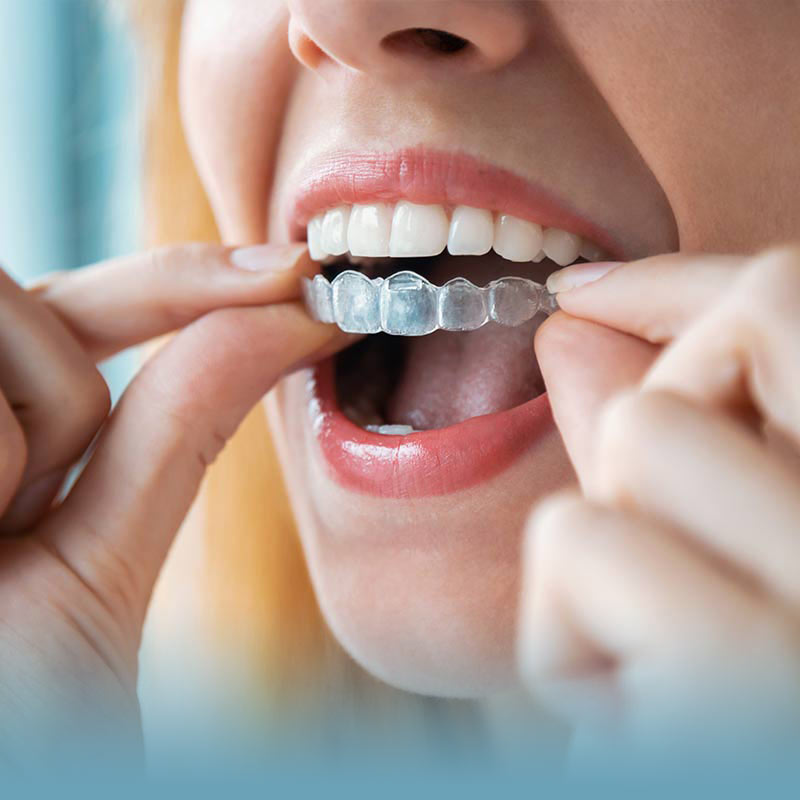Invisalign is a modern orthodontic treatment that uses clear plastic aligners to straighten teeth. Unlike traditional metal braces, Invisalign aligners are virtually invisible and can be removed for eating, brushing, and flossing. The aligners are custom-made based on a 3D digital scan of your teeth to ensure the most accurate fit.
Clear aligner gradually shifts your teeth into their proper positions by applying gentle pressure over time. Every few weeks, you'll switch to a new set of aligners to continue the process until your teeth have reached their final alignment.

Image Source: Google
One major advantage of Invisalign is its discreet appearance compared to metal braces. This makes it an ideal choice for adults who want to straighten their teeth without feeling self-conscious about wearing noticeable braces.
Another benefit of Invisalign is its comfort level. The smooth plastic material won't irritate or hurt the inside of your mouth like metal brackets and wires can with traditional braces. Invisalign offers an effective alternative to traditional orthodontic treatments with minimal impact on daily life or appearance.
Invisalign is an orthodontic treatment that uses clear, removable aligners to straighten teeth. The process starts with a consultation where the dentist will examine your teeth and discuss your goals for treatment. They will then create a 3D digital model of your teeth, which is used to design your custom aligners.
The aligners are made of a smooth, comfortable plastic material that fits snugly over your teeth. You wear each set of aligners for about two weeks before switching to the next set in the series. Each new set gradually moves your teeth closer to their final position.
Throughout the course of treatment, you'll visit your dentist periodically so they can monitor your progress and provide you with new sets of aligners as needed. Treatment time varies depending on the severity of the case but typically lasts anywhere from six months to two years.